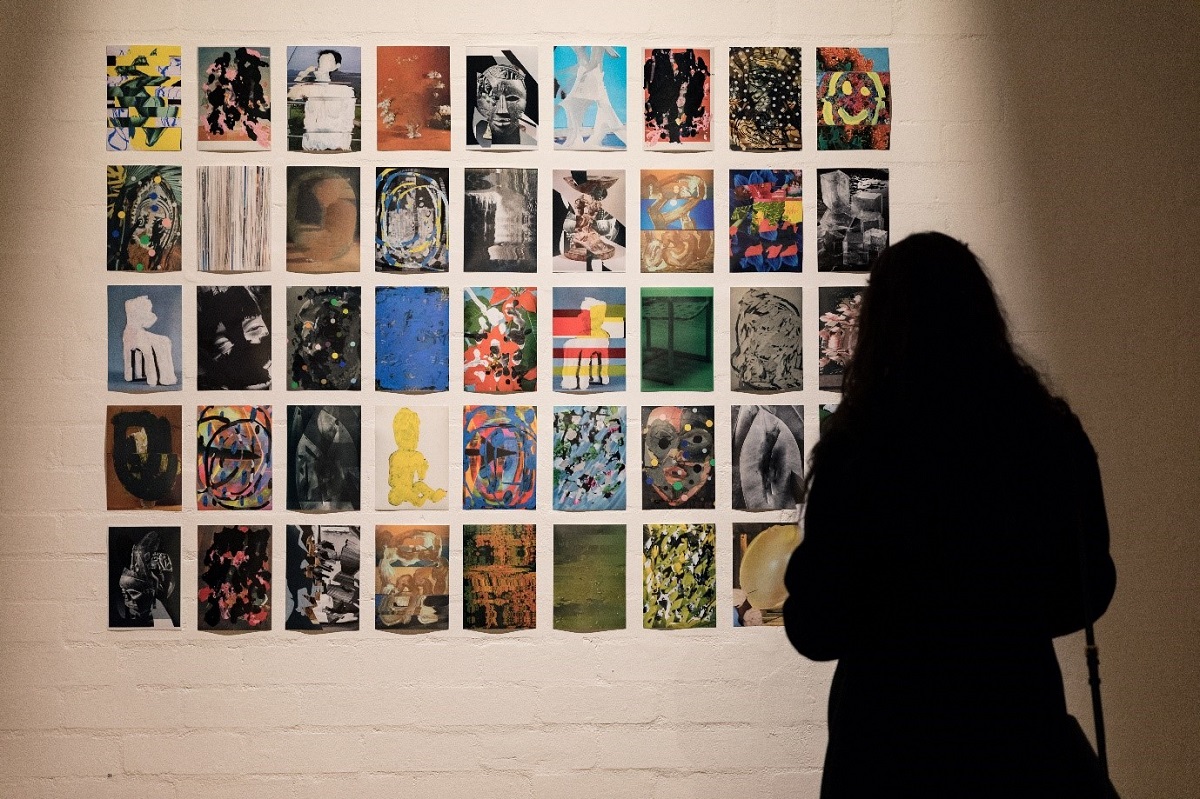
Photography / “Resistance Relapse” by Nico Krijno, screen prints/ “You are close be-side me” by Chin-Jie Melodie Liu, and prints, slides, sound and video/ “Parallel Play” by Rory Hamovit. At the Huw Davies Gallery until August 12. Reviewed by CON BOEKEL.
JOHANNESBURG-based Nico Krijno presents three works: a set of 45 related prints, a set of prints half buried in sand, and a video with sound.
He constructs visual objects, manipulates them and re-presents them in ways that play with the viewer’s perceptions. A consistent theme in the excellent video is the parallel presentation of familiar objects. This results in the viewer trying to integrate discordant perceptions.
There is hide and seek. Prints are half buried in sand. The visual elements, such as the masks and faces, of the collage of prints sometimes speak to one another but sometimes do not. Visual and subject memes appear, disappear and reappear in a see-saw fashion in the video.
A recurring theme is how we perceive time. Then-and-now elements of the video appear to happen simultaneously.
A particular power of Krijno’s works is the way in which they are just so inviting and, once the viewer is in, so mesmerising.

CANBERRA-based Chin-Jie Melodie Liu exhibits prints of screenshots extracted from the livestreamed funeral of her grandfather in Taiwan at a time when covid prevented her from attending in person.
The large screenshots are complemented by smaller iPhone images captured by Annette, Liu’s sister, who attended the funeral in person. Liu’s excellent CMYK silk screen prints fuse the physical and digital experiences wonderfully well.
In Annette’s words, the exhibition “…exists in this space of fondness, for remembrance, solace and to move beyond grief”.
Liu’s exhibition examines the nexus between physical and digital reality at a time of strong emotions. In doing so she provides a sobering counterpoint to the playful but equally serious intent of Krinjo and Hamovit.
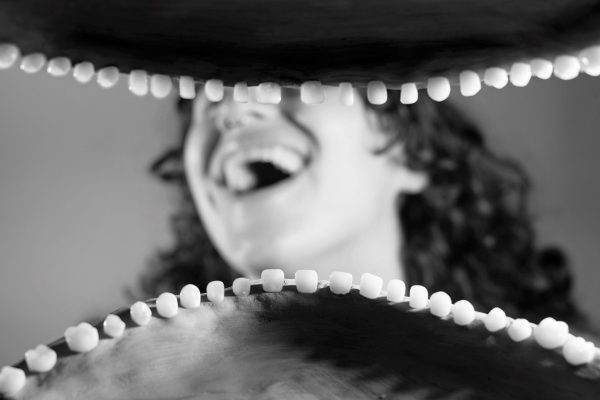
LOS Angeles-based Rory Hamovit exhibits video, projected slides, light box images, sound and prints. Two related concepts underpin his work. The first is the notion of “parallel play”. For example, toddlers play side by side, often using with the same materials, but with little or no direct connection. This inspires Hamovit to playfully put disparate objects side-by-side, or in unfamiliar contexts. The silhouette “shadow” of the hands in “Fingers” turns out to be something else entirely.
Hamovit’s second key concept is “defamiliarisation”. He first draws and constructs sets. He then plays around with photographic and mixed media techniques while documenting the results. Shadow play, sock puppets and whimsy all feature. Kermit may be only just round the corner. The aim is to encourage the viewer to identify and break with familiar perceptions, and ultimately to help the viewer break destructive patterns of belief and action in the gender space.
Hamovit’s work is laced with a wit which plays around with our ready acceptance of the commonplace. This is serious fun.
There is just so much to absorb, consider and appreciate in the three exhibitions.
Gabrielle Hall-Lomax’s catalogue essay on Krijno and Philip Anderson’s essay on Hamovit here add significant value to the exhibitions.
Who can be trusted?
In a world of spin and confusion, there’s never been a more important time to support independent journalism in Canberra.
If you trust our work online and want to enforce the power of independent voices, I invite you to make a small contribution.
Every dollar of support is invested back into our journalism to help keep citynews.com.au strong and free.
Thank you,
Ian Meikle, editor
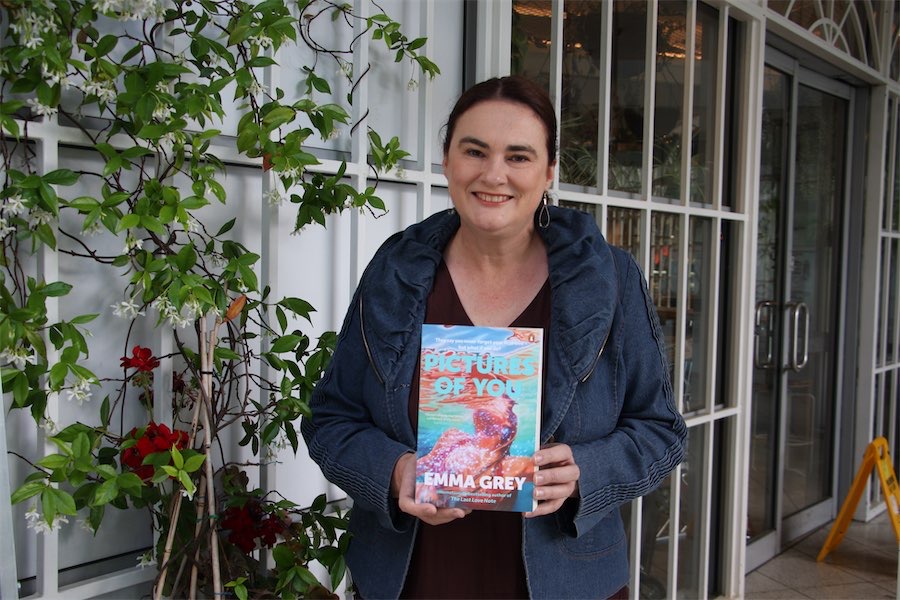
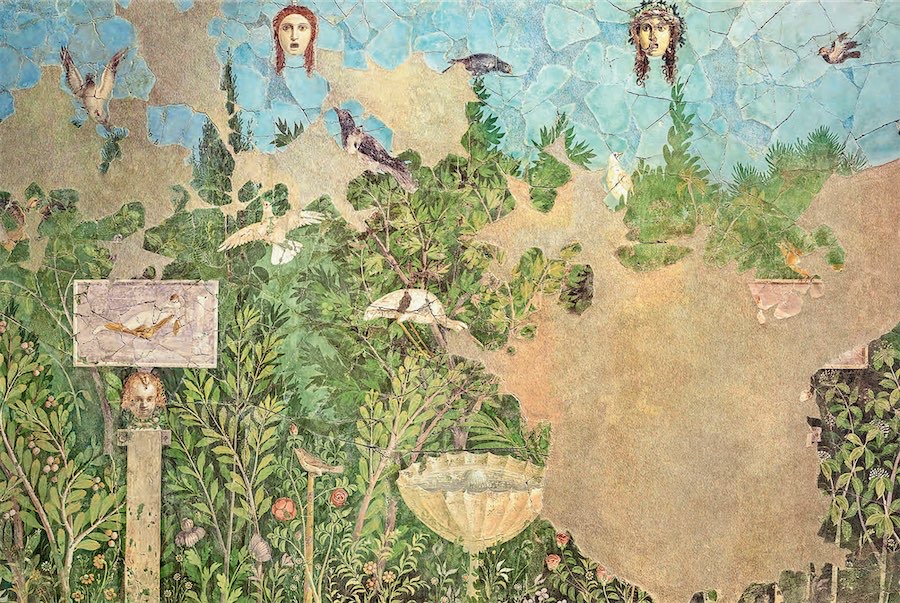
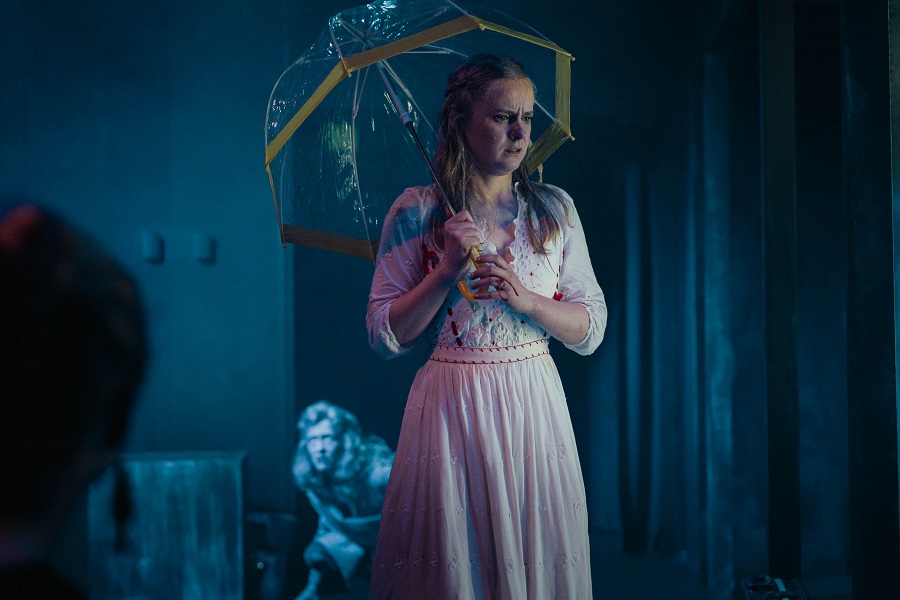

Leave a Reply